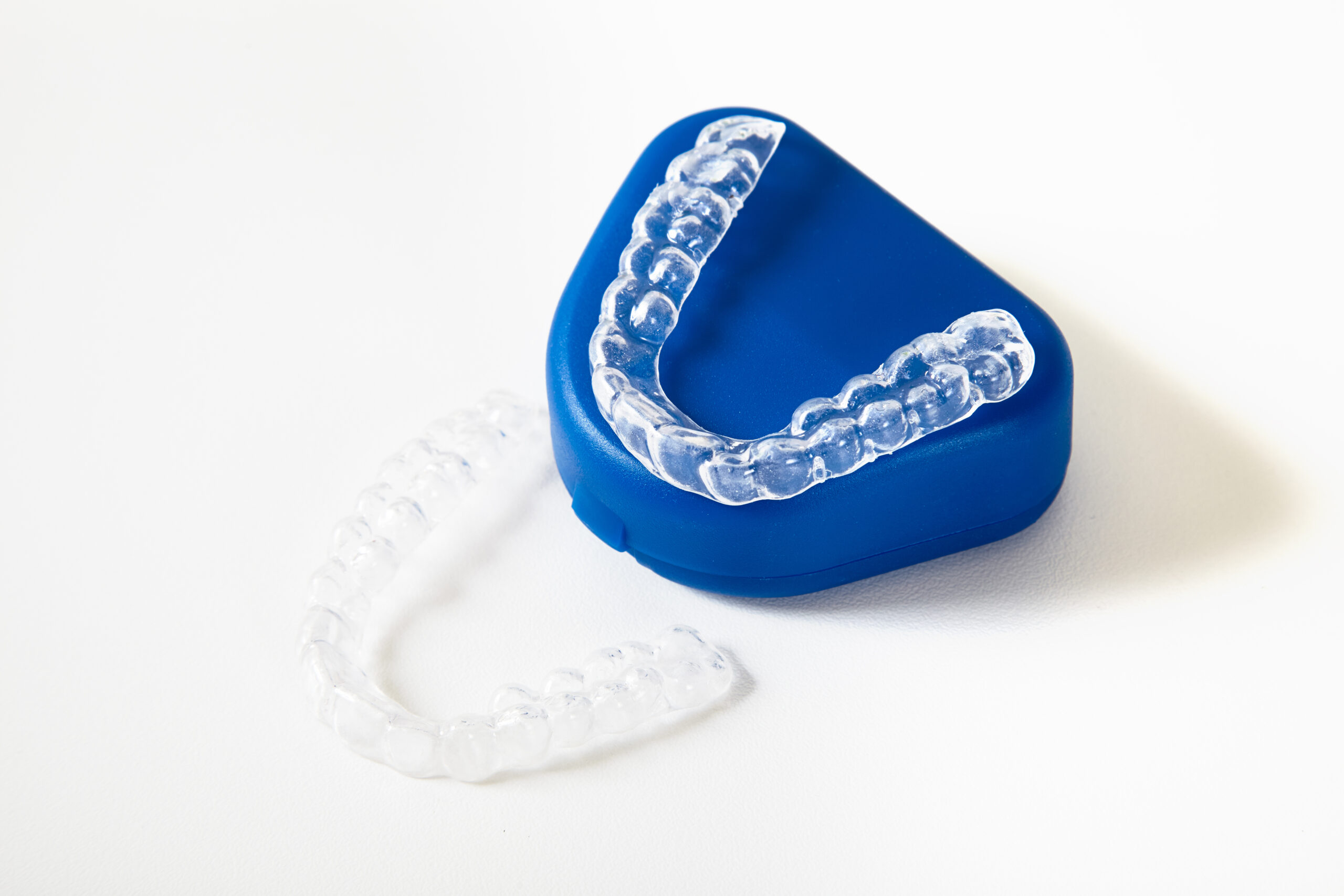Retainers 101: Why They Matter and How to Keep Your Smile Straight for Life

You’ve completed your orthodontic treatment, and your teeth are beautifully aligned. But before you celebrate and toss out everything related to your braces, there’s one crucial step left—wearing your retainer. Many patients underestimate the importance of retainers, but they play a vital role in maintaining that perfect smile you worked so hard to achieve. In this guide, we’ll cover why retainers matter, how they work, the different types available, and essential tips to keep your smile straight for life.
Why Are Retainers So Important?
Your teeth aren’t fixed in place forever. After your braces or Invisalign treatment, your teeth will naturally try to shift back to their original positions. This is called orthodontic relapse, and it can undo months or even years of orthodontic work if not prevented. Retainers hold your teeth in their new positions, allowing the surrounding bone and tissues to stabilize over time.
Without a retainer, you risk:
- Teeth shifting back to their previous positions
- Needing further orthodontic treatment down the line
- Changes in your bite, which can lead to jaw pain or difficulty chewing
- Gaps or crowding reappearing
Wearing a retainer as prescribed by your orthodontist is the best way to protect your investment and maintain a lifelong, healthy smile.
How Retainers Work
Retainers serve as a holding device for your teeth. While braces and aligners move your teeth into the desired position, retainers keep them in place by preventing unwanted movement. In the first few months after orthodontic treatment, your teeth are most susceptible to shifting because the bone structure around them is still adjusting.
Most orthodontists recommend wearing retainers full-time for the first few months and then transitioning to nighttime wear. However, the length of time you’ll need to wear your retainer depends on your specific case and your orthodontist’s instructions.
Types of Retainers
There are several types of retainers, each with its own benefits. Understanding the differences can help you choose the best option for your lifestyle and needs.
1. Hawley Retainers
Hawley retainers are made of an acrylic base with a metal wire that wraps around your teeth. They are durable, adjustable, and allow for minor tooth movements if needed. These retainers are removable, making them easy to clean, but they are also more noticeable than other types.
2. Clear Plastic Retainers (Essix Retainers)
Essix retainers are made from a clear, plastic material that fits snugly over your teeth, similar to Invisalign trays. They are virtually invisible and comfortable to wear. However, they may need to be replaced more often than Hawley retainers, as they can wear out or crack over time.
3. Fixed (Permanent) Retainers
A fixed retainer consists of a thin wire bonded to the back of your teeth, usually the lower front teeth. This type of retainer is ideal for patients who want a worry-free option that doesn’t require daily maintenance. However, because they are not removable, they require careful cleaning to prevent plaque buildup.
Caring for Your Retainer
Proper retainer care is essential for maintaining its effectiveness and keeping your teeth healthy. Here are some key tips:
- Clean it daily: If you have a removable retainer, clean it with mild soap and a soft toothbrush—avoid using toothpaste, as it can be abrasive.
- Store it safely: When not in use, keep your retainer in its protective case to prevent loss or damage.
- Avoid heat exposure: Hot water, direct sunlight, or leaving your retainer in a hot car can warp its shape.
- Keep it away from pets: Dogs love to chew on retainers, so store yours out of reach.
- Maintain good oral hygiene: Brush and floss regularly to prevent bacteria buildup around your teeth and retainer.
How Long Do You Need to Wear a Retainer?
One of the most common questions patients ask is, “How long do I need to wear my retainer?” The answer varies depending on individual cases, but in general:
- First 3-6 months: Full-time wear (except when eating or brushing)
- After 6 months to a year: Nighttime wear
- Long-term: A few nights per week, indefinitely, to prevent relapse
Orthodontic relapse can happen at any age, so wearing your retainer consistently is the best way to maintain your straight teeth for life.
What to Do If You Lose or Break Your Retainer
Accidents happen, and retainers can get lost or damaged. If you misplace or break yours, don’t wait—contact your orthodontist immediately. The longer you go without wearing a retainer, the more likely your teeth will shift. At Bala Smiles Orthodontics, we can create a replacement retainer to ensure your smile stays in perfect alignment.
Signs You May Need a Retainer Adjustment or Replacement
Even if you take excellent care of your retainer, it may eventually need to be adjusted or replaced. Look out for these signs:
- Your retainer feels too tight or too loose
- There are visible cracks or damage
- Your teeth feel like they’re shifting
- The wire on a Hawley or fixed retainer is bent or broken
If you notice any of these issues, schedule an appointment with your orthodontist to get a new retainer or have adjustments made.
Protect Your Smile for Life with Bala Smiles
Keeping your smile straight takes commitment, and retainers are essential to maintaining your orthodontic results. At Bala Smiles Orthodontics, we’re dedicated to helping you preserve your beautiful smile for years to come. If you need a new retainer, an adjustment, or expert advice, our Austin orthodontist is here for you. Contact us today to schedule an appointment and keep your smile looking its best!